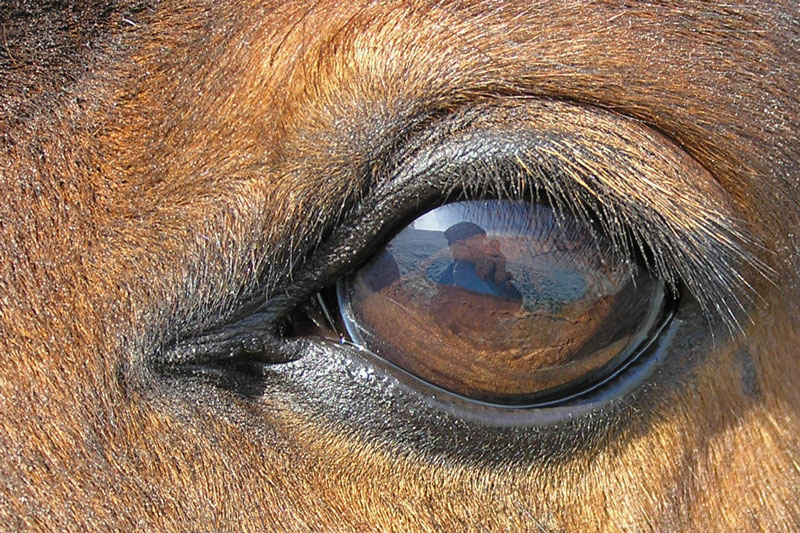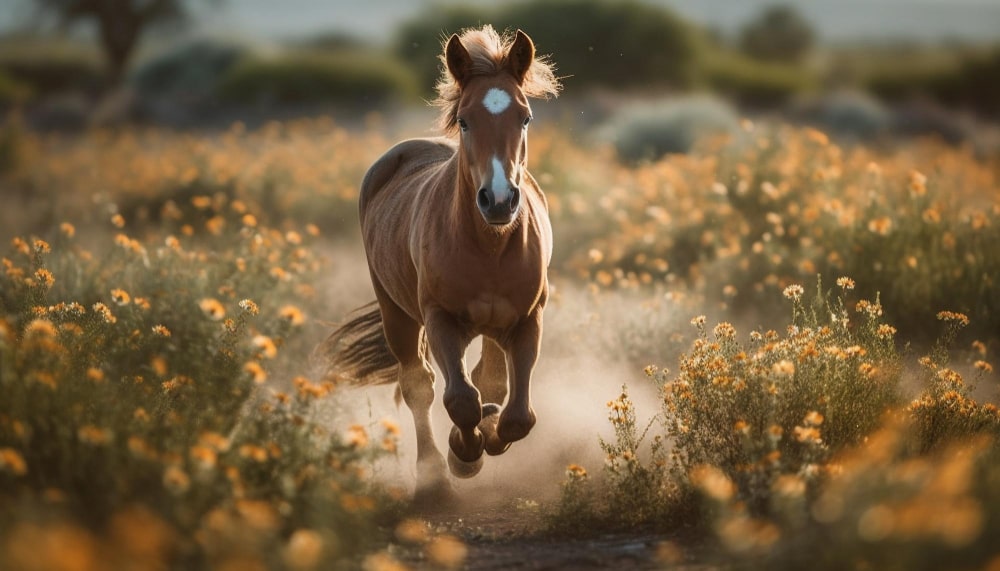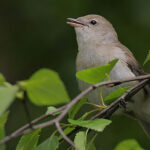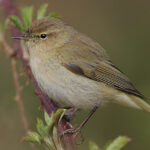1. Number of horses: There are almost 60 million horses in the world
2. Smell: Horses don’t usually like the smell of pigs. They generally like sweet smells and typically avoid sour or bitter smells
3. Memory : Horses have a better memory than elephants
4. Australia: There were no horses in Australia before 1788
5. Speed: A horse gallops at around 44 km/h. The highest running speed ever measured for a horse is 88 km/h

Fact: Horses have the largest eyes of any land animal
6. Zebras and donkeys: Zebras (Hippotigris) are a subfamily of horses (Equidae) and donkeys (asinus) are a subspecies of horses
7. Zebra donkey: Zebroid, zedonk, zorse, zebra mule, zonkey and zebrule are all English terms for one thing: A cross between a zebra and a donkey
8. Age: Ponies are the longest-lived of all horses and can live to over 50 years old
9. Pets: Horses are known to have been human livestock for more than 5000 years, but cave paintings of horses have been found that are more than 17,000 years old
10. 60 million years: Horses began evolving on the American continent more than 60 million years ago. However, they became extinct here and were later reintroduced by the Spanish colonists
Facts about horse anatomy
- Sunburn: Horses with pink skin can get sunburn and sunburn
- Gallbladder: Horses have no gallbladder
- Heart: A horse heart weighs 9 kg
- Eyes: Horses have the largest eyes of any land animal
- Syn: Because the horse’s eyes are on the side of the head, they can see almost 360 degrees at the same time
- Ears: Horses have 16 muscles in their ears, enabling them to rotate their ears 180 degrees
- Hove: Horse hooves grow approximately 6 mm per month. It takes almost a year for the hooves to grow from the roots to the ground
- Skeleton: A horse’s skeleton consists of around 205 bones
- Teeth set: Foals have baby teeth that are replaced by adult teeth when they are 3-5 years old. A horse’s teeth can also be used to estimate its age
- Teeth: Stallions generally have 40 teeth, whereas mares only have 36. By the way, horses’ teeth never stop growing
- Brain: A horse’s teeth take up more space than its brain – and the horse’s brain is about half the size of a human’s
- Blood types: There are 7 common blood types among horses
- Pulse: A healthy adult horse should have a resting heart rate of around 36-40 beats per minute
- Breathing: An adult horse takes 8-16 breaths per minute
- Arabs: The Thoroughbred Arabian (also known simply as ‘Arabians’) typically has 5 lumbar vertebrae and 15 tail vertebrae, compared to the normal 6 lumbar vertebrae and 18-20 lumbar vertebrae of other horse breeds. This causes the Arabian’s head and tail to stand higher than other horses. Arabians also have 1 less rib than other horse breeds
Facts about horse behavior and care
- Sleep: Horses typically sleep 2 ½ – 3 hours per day and sleep longer in summer than in winter. They can sleep both standing and lying down
- Position: A horse usually only lies down for 43 ½ minutes per day (on average)
- Psyche: Horses are social animals that get lonely if left alone. They also grieve when their fellow species die
- Tamed: When a wild horse is released into the wild, it quickly loses all its tameness and becomes wild again
- Vomiting: Horses cannot vomit (they can cough up matter if they are very sick and typically close to death)
- Dominance: Stallions fight over mares, but not usually over territories
- Cold: You can tell if a horse is cold by feeling behind its ears; if the area is cold, it’s freezing
- Fluid deficiency: You can tell if a horse is dehydrated by pinching its skin; if it takes time for the skin to smooth out, the horse needs water
- Abdominal pain: A horse’s stomach should always make gurgling sounds; if not present, this is a sign of colic (stomach pain)
Other facts about horses
- Designations: A female horse is called a mare, a male horse a stallion and a newborn horse a foal
- Classification: Horses are herbivorous mammals belonging to the genus Equus (this also applies to zebras)
- Feel: The term ‘foal’ is only used for horses in their first year of life. Wild foals (those living in the wild) suckle for a maximum of one year – however, under certain circumstances this period can be extended. Foals can also run shortly after birth
- Horse Museum: The world’s largest horse museum is located in Kentucky, USA
- Cloning: The first cloned horse was a Haflinger mare in Italy in 2003
- Red ribbon: In most countries, a red band on a horse’s tail is a sign that it has a tendency to kick





